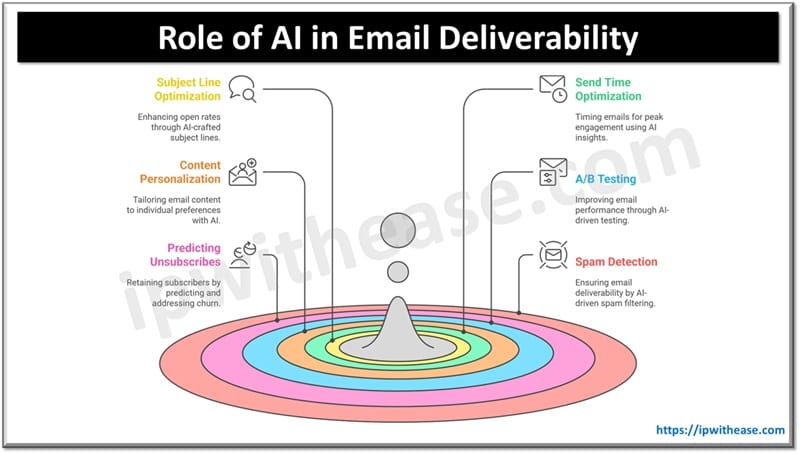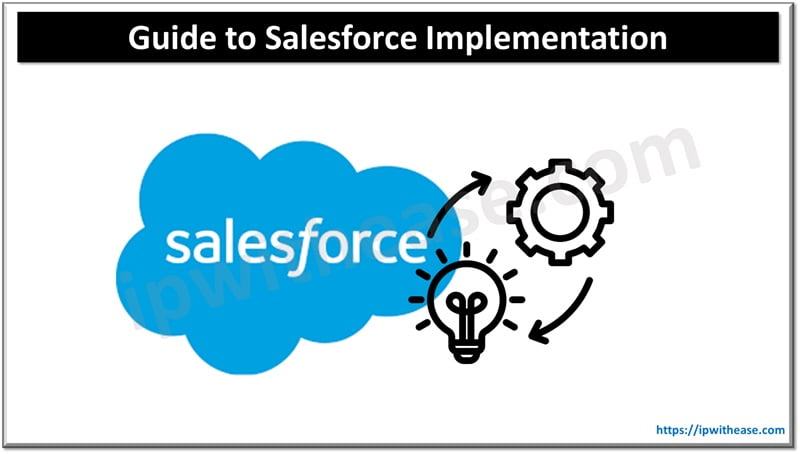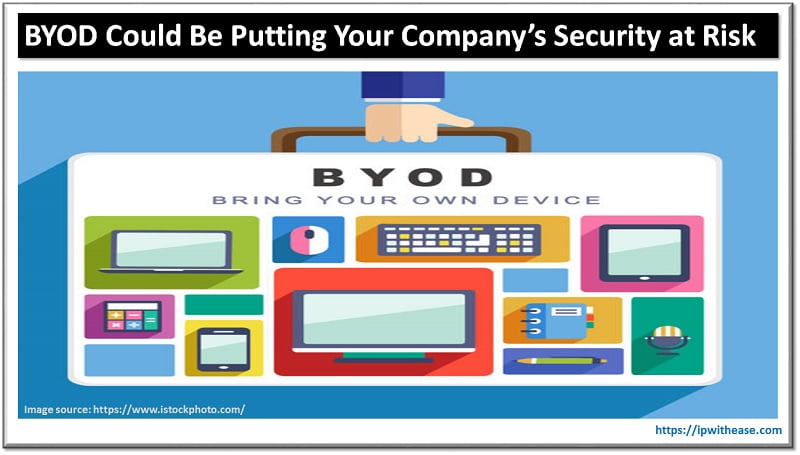Table of Contents
Email marketing has always been an effective approach for companies to penetrate their demographics and communicate with desired populations; however, that doesn’t mean people actually open marketing emails and interact. Many go unread, littering inboxes in the thousands and failing to make a connection. However, with the implementation of artificial intelligence, marketing professionals can more effectively market via email with predictive analysis for engagement, predictive content, and increased personalization.
For instance, AI can allow companies to predict open rates, click-through rates, and conversions before they occur. Through data and historical user engagement from prior actions, AI can determine what’s been most successful in life situations to better target new consumer demographics inclusive of subject lines, time sent, and type of formatting.

Understanding Predictive Analytics in Email Marketing
This concept extends to email marketing as well. Using predictive analytics, email marketing software utilizes AI to determine what users have done in the past so that it can predict what they’re going to do in the future, meaning brands won’t have to guess and fail at quarterly and annual predictions, but instead, rely upon analytics gained through experience to determine what action in the present will give them the best results. Running an email deliverability test alongside these predictions ensures that the messages crafted with such precision actually reach the intended inbox, maximizing the effectiveness of AI-driven strategies.
For example, if someone opens an email and clicks on a link 5 times per month but doesn’t access the email for more than three days before finding it a second time, AI determines that while this person may be interested, they’re not overly engaged. Something like this might be a one-off, but if AI notices a trend that many users are accessing certain types of newsletters but ignoring others, they’ll compile this information over time to make recommendations for future campaigns.
Thus, this analytics-driven trajectory allows marketers to pivot their strategies and empower content development based on what will presumably work best. Rather than enduring countless unsubscribes, low open and engagement rates, and ineffective marketing tools, brands can learn which pieces are the most successful for at least certain pockets of larger email lists.
AI and Email Deliverability
AI-Powered Subject Line Optimization for Higher Open Rates
The subject line makes or breaks whether someone opens the email. AI allows for better marketing subject lines that zing and inspire action. AI, through analyzing past campaigns, understands what works and generates compelling words, phrases, and keywords for specific audiences.
For instance, if AI notes that one subscriber opens every email with a subject line that contains their name, it will generate that type of content for them moving forward. If a different segmented group opens more emails with a subject line that has urgency, AI will reserve that tone for that group moving forward.
Moreover, beyond the static applications, AI can champion A/B tests of subject lines among thousands and track within the first five minutes of sending which subject line is performing better and then trigger re-sends or deletes based on percentage opened. Thus, subject lines never remain static; they constantly adjust, championing multiple people at once.
Optimizing Send Times with AI for Maximum Engagement
It’s all about timing. Even a perfectly constructed email won’t get read if some people don’t get to it before it gets lost in other opened emails. Yet, if one gets an email at the precise moment when checking an email is in progress, it has a better chance of being opened. With AI, sending an email at the ideal time is not a guessing game. By tracking activity from engagement and opens, AI can determine when people are likely engaging with an email to send it and will send it accordingly.
Instead of a universal optimal time for all, AI determines which time is best for the specific person. For example, if a specific subscriber always clicks on emails at 8 AM, AI will ensure that the email goes out to that autonomous subscriber at 8 AM. Thus, it has a better chance of being opened and acted upon.
Furthermore, AI learns over time. If a subscriber typically engages with an email at 10 PM but six months later changes habits, AI will notify this subscriber that the email will now be sent at 1 PM. This allows the business to play the open rate game in its favor and not lose subscribers based on unwanted timing.
AI-Generated Content Personalization for Better CTRs
Personalized content is the top technique for increasing email engagement, and AI has the power to personalize content according to a person’s needs. Whether based on users’ historical transactions or pathways through the site, AI can create content instantaneously.
For instance, if a clothing retailer sees that one of its repeat subscribers is regularly purchasing from the site, AI can suggest potential purchases in follow-up emails based on previously purchased merchandise. One might receive an email with “workout pants” in the subject line; the body of the email will likely feature suggestions for activewear because AI recognized someone’s penchant for running. If a digital media subscription service realizes that a certain subscriber viewed a particular documentary about a specific artist, it can create an email suggesting projects based on that person’s viewing history.
AI can even personalize opportunities for subject lines, images, and calls to action (CTAs) to make emails more appealing in content. If one person responds better to images, AI can create emails with more pictures and videos. If another person prefers everything in text, AI can modify font size and style accordingly. This real-time personalization increases the likelihood that people will respond.
AI-Driven A/B Testing
A/B Testing While A/B testing enhances email strategy, generally, the email marketer selects one to two elements to A/B test, and changes to previews based on later findings must be done manually, a time-consuming task. AI can A/B test with higher frequency and garner results quicker.
For instance, while one email marketer may A/B test one subject line against another and one email template against another, AI can A/B test ten subject lines, ten templates, different CTAs, and different email variations all at once. Then it automatically applies the best results to future endeavors. A/B testing is a learned experience as the tool constantly adjusts based on which results work best for any given testing.
For example, if you’re running a sale and you’re trying to A/B test whether larger images at the top of your email template for sale announcements or text-heavy emails work better, and the AI hybrid finds that the image gets more clicks for any related campaigns, it will use the image placement in the future for anything related to that sale. AI takes the responsibility away from the marketer and ensures that everything improves and works better over time.
Predicting Unsubscribes & Re-Engaging At-Risk Subscribers
Subscriber retention is a major challenge for email marketers. Enter AI. Businesses can understand who is on the verge of unsubscribing people who haven’t opened emails in weeks, for example, or people who appear to be engaging with fewer CTAs over time. AI can process behavioral data to determine whom the marketers may lose and provide recommendations for what they can do to keep people on the list.
For example, if AI realizes that a specific subscriber hasn’t opened an email in over a month, it can automatically reach out to them with a custom email, inquiring as to whether they’d appreciate a lowered cadence for exclusive offers or recommended content based on what they’ve viewed in the past. Yet if the subscriber continues to ignore the appeals, AI can automatically lower the cadence to prevent further loss.
This predictive ability helps marketers maintain a more stable email list and reduces churn. By being able to predict and preempt issues of disinterest, AI protects subscribers from getting too far lost in the weeds and effectively helps them remain active with the brand.
AI-Driven Spam Detection & Deliverability Optimization
One of the most important aspects of email marketing is getting the email to the right inbox and not the spam folder. AI helps with this deliverability by recognizing patterns that suggest someone is getting sent to spam and avoiding such options.
AI analyzes formatting, history of the sender, word choice of the subject line, activity and engagement among the audience through AI detection and then creates performance recommendations that enable the email to avoid spam. If there are too many capitalized letters, excessive exclamation points, claims that sound illegitimate, and too many opportunities for hyperlinks, AI allows the marketer to know how to reshape the email for a better chance of deliverability.
Similarly, when open rates and click rates decrease, AI can determine issues with deliverability based on engagement. If it appears that people are bored and not opening up or clicking on links, AI can suggest adjustments to frequency, formatting, or attempts at personalization to ensure that if the email is scrutinized, it stands a better chance of getting through.
Instead, AI saves brands from such catastrophes by predicting deliverability problems before they start. Therefore, brands get what they need in reach and appropriate sender reputation with the help of AI.
Conclusion
AI impacts email marketing by predicting engagement and optimizing campaigns for better success. Subject line optimization and send-time prediction, alongside AI-generated personalization and A/B testing, allow companies to harness the potential of AI to focus their email marketing efforts for maximum engagement.
When companies use AI to predict things, their emails go out at the right time and with the right information and crafted differently based on customer needs. This predictive, data-driven information increases open rates and click rates and provides better customer loyalty through engagement, which leads to additional conversions.
Ultimately, those who harness the AI technology for email marketing will have a competitive advantage down the line as companies learn how to send proper emails that are seen and responded to by their customers.
ABOUT THE AUTHOR
IPwithease is aimed at sharing knowledge across varied domains like Network, Security, Virtualization, Software, Wireless, etc.



